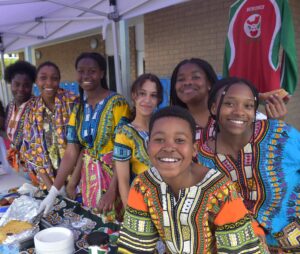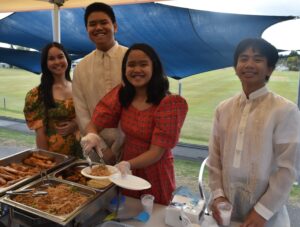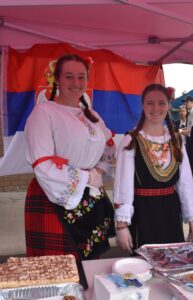Student Connections at Canterbury
This year at Canterbury we have been looking at how students feel connected to both the immediate Canterbury community and the wider community in which they live. The involvement of students in discussions about local and international social justice issues such as mental health, wellbeing, tolerance, and environmental problems, has led to student initiatives that begin to address some of these issues.
During Covid-19 these ideas revolved around specific challenges or activities individuals, families and friends could get involved in, while being isolated at home. The ideas encouraged peer support, embraced inclusivity, and showed, if given the chance, students the ability to connect with each other in ways that strengthen emotional and relational ties.
With the resumption of on campus schooling, many students brought back ideas of how they would like to see the Canterbury community develop. From small student led discussions grew projects designed to highlight diversity, reach out to those less fortunate, create spaces for inclusivity and address local community problems. For example, some students felt that there was a need for more understanding within the school community of racial differences. To begin to address this, a multicultural festival was initiated, to help highlight the diversity of the school community. What began as a small idea ended in a celebration involving a large portion of the Secondary School student body. More importantly, while giving many students a sense of pride in their own culture, it brought the student body together in support of one another’s cultures and gave them a greater sense of belonging within the school community.
“While this, along with other student programs, may seem just small beginnings, their success has greater implications for the ongoing development of our school community and the student’s social connectedness,” Director of Student Development, Mr Chris Nield said.
“Their success has given them a sense of community ownership, where they can be heard, their ideas are valued and their contributions help the shaping of their community.”





